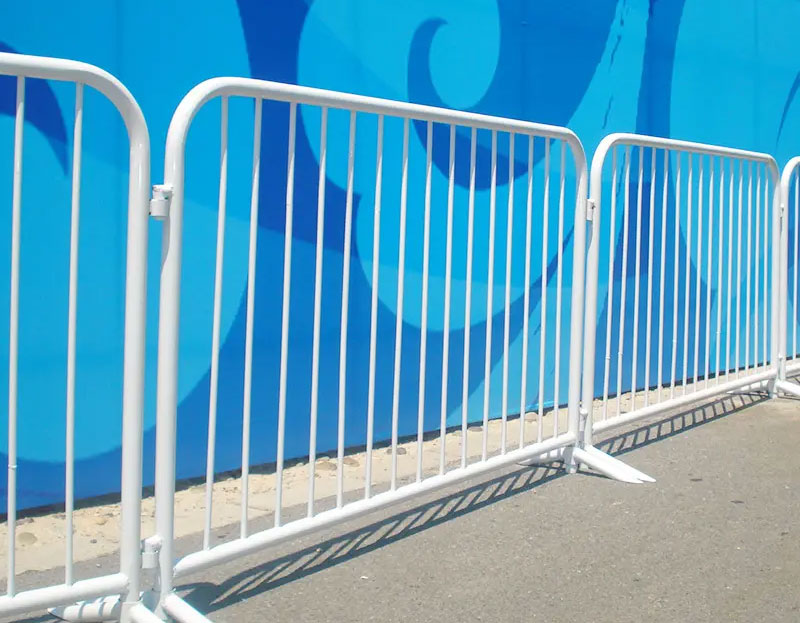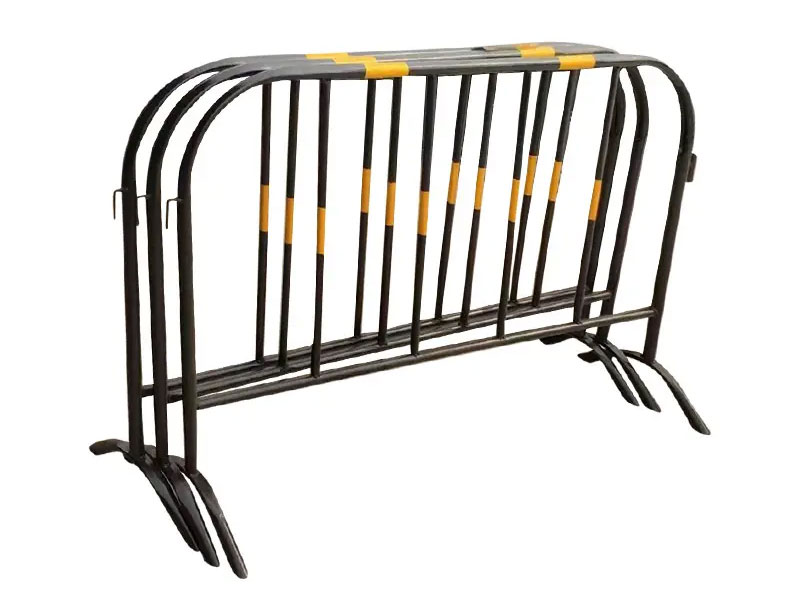Managing large crowds effectively while ensuring public safety has become increasingly critical in today’s dynamic environment. This comprehensive guide explores how police barriers serve as pivotal tools in crowd management, offering insights into their applications, benefits, and deployment strategies for law enforcement, event organizers, and security professionals.

What Makes Police Barriers Essential for Modern Crowd Management?
Law enforcement personnel worldwide rely on police barriers as their primary tool for crowd control and maintaining public safety. These sturdy barriers are designed to establish clear boundaries while ensuring efficient crowd flow during various scenarios, from festivals to demonstrations.
A robust barrier solution offers multiple advantages:
- Enhanced crowd dynamics management
- Clear demarcation of entry and exit points
- Prevention of unwanted crowd movements
- Quick deployment capabilities in emergency situations
How Do Police Barriers Support Law Enforcement Operations?
Police barriers serve as a critical component in maintaining order during large gatherings. When properly deployed, these barriers help create optimal crowd density management while ensuring seamless mobility for both attendees and security personnel.
Law enforcement teams can effectively:
- Guide crowd movements in a controlled manner
- Establish secure perimeters rapidly
- Respond promptly to changing scenarios
- Enhance overall public safety measures
What Features Make Police Barriers Effective for Crowd Control?
The effectiveness of police barriers stems from their thoughtful design and construction:
- Construção leve e durável
- Interlocking design for continuous barrier lines
- Portable and convenient transportation options
- Quick setup and deployment capabilities
- Modular configuration options
When Should You Deploy Police Barriers?
Police barriers prove invaluable across various situations:
- Sporting events and concerts
- Public gatherings and demonstrations
- Emergency response scenarios
- Festival crowd management
- Construction sites perimeter control
How Do Police Barriers Enhance Event Security?
Modern police crowd control barriers offer comprehensive security solutions while maintaining crowd flow efficiency. Their deployment helps in:
- Preventing accidental breaches
- Establishing clear boundaries
- Ensuring efficient crowd management
- Maintaining optimal crowd density
- Supporting seamless event operations
What Are the Transportation and Storage Considerations?
A significant advantage of contemporary police barriers lies in their portability and storage efficiency:
- Lightweight design for easy transport
- Rack storage solutions
- Convenient stacking capabilities
- Quick setup and breakdown
- Efficient mobility features

How Do Police Barriers Support Different Venue Types?
Whether managing a large festival or securing a construction site, police barriers adapt to various environments:
- Open-air events
- Stadium entrances
- Street demonstrations
- Emergency scenarios
- Temporary security perimeters
What Makes Modern Police Barriers More Effective?
Today’s barrier solutions incorporate advanced features:
- Galvanised construction for durability
- Enhanced stability design
- Robust interlocking mechanisms
- Wear and tear resistance
- Versatile deployment options
Perguntas frequentes
How long do police barriers typically last? Police barriers are designed for durability, typically lasting 5-10 years with proper maintenance and storage.
What is the standard length of a police barrier? Standard police barriers usually measure 2.3 meters in length, though variations exist for different applications.
Can police barriers be customized for specific events? Yes, barriers can be modified with additional features like signage attachments or specialized interlocking systems.
How quickly can police barriers be deployed? A trained team can deploy police barriers promptly, typically setting up 100 meters of continuous barrier line in under 30 minutes.
Key Points to Remember:
- Choose barriers based on specific crowd control needs
- Ensure proper training for deployment teams
- Maintain regular equipment inspections
- Consider storage and transportation requirements
- Plan for emergency response scenarios

Related Resources:









